10 Easy Ways to Avoid Sports Injuries (Part 1)
November 20th, 2017 | 4 min. read
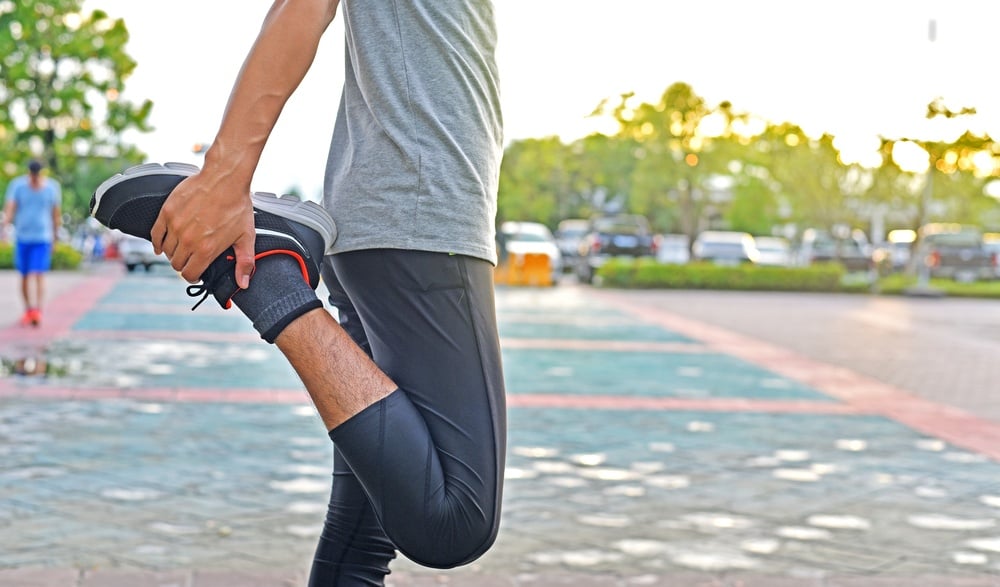
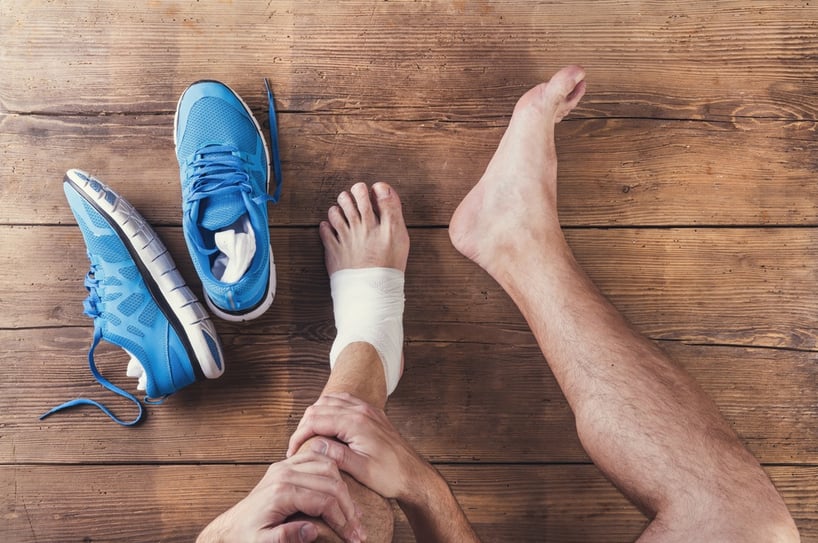
Sports injuries are incredibly common in Texas and throughout the United States. Nationally, about 8.6 million sports-related injuries occur per year; about 3.5 million of those reported injuries happen to children and teens. From organized team sports to skateboarding, trampoline jumping, and playground injuries, getting hurt having fun is a pretty widespread issue for Americans of all ages.
Sports injuries are incredibly frustrating. No active person, regardless of age, wants to be sidelined from their favorite athletic activity for weeks or even months of rehab. What are the best ways that you and your active kids can participate in sports without succumbing to concussions, sprains, strains, broken bones, and other injuries?
We’ve compiled a list of 10 proactive steps you can take to minimize the risk of getting hurt while having fun and avoid sports injuries. Read on to learn the first five sports injury prevention tips.
1) Upgrade (and use) your sports gear.
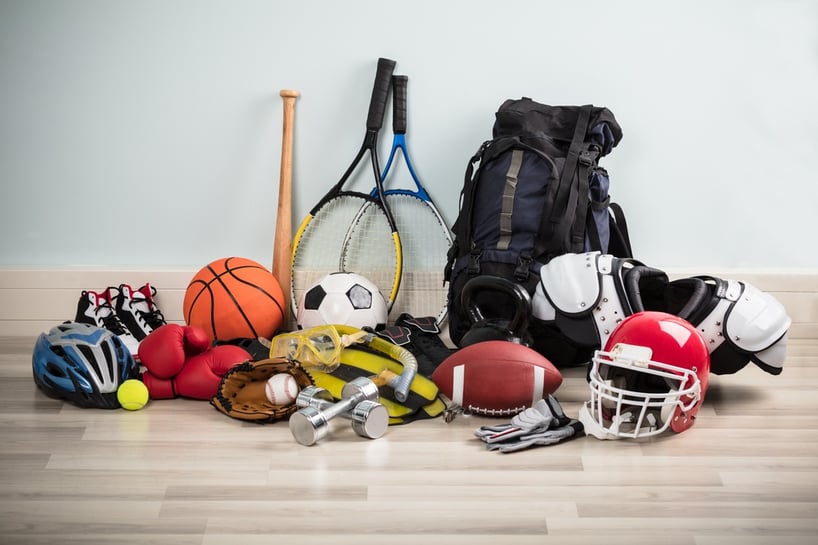
Periodically, check your existing collection of athletic gear for signs of wear and tear or indications that it’s time for a new size.
For example, are the soles of your running shoes compressed, or have the treads worn down to nothing? Those sneakers aren’t going to provide you much support or padding when you start running again—meaning you could be prone to an impact injury like a stress fracture or shin splints. (Or may you may slip and fall on wet leaves, dew, snow, or ice.) It may be time to invest in a new pair.
Other types of sports equipment may need upgrades or tune-ups, too. For example, tennis rackets need re-stringing periodically to make sure the tension is adequate. Loosely strung rackets mean your forearm needs to work harder to hit the ball. A poorly strung tennis racket can contribute to forearm tendinitis, tennis elbow, or a shoulder injury.
Once or twice a year, check over all your sports gear and equipment for fit and condition. Kids grow rapidly, and the hockey skates that fit perfectly last year may be too small today. The same goes for golf clubs that are now too short, or a bike frame that’s a little too big or small (depending on whether you’re growing or shrinking! Hello, adults over 40.)
Any piece of sports equipment or safety gear that’s no longer giving adequate support or padding—and anything that’s cracked, broken, or a poor fit—needs to be replaced, tuned up, or resized to maximize your safety and prevent injury.
Once you’ve confirmed that everything’s in great shape, use the new sports equipment! Safety gear in particular (shin guards, elbow and knee pads, helmets, etc.) is no good to you sitting in a garage or closet.
2) Wear a helmet, if you can.
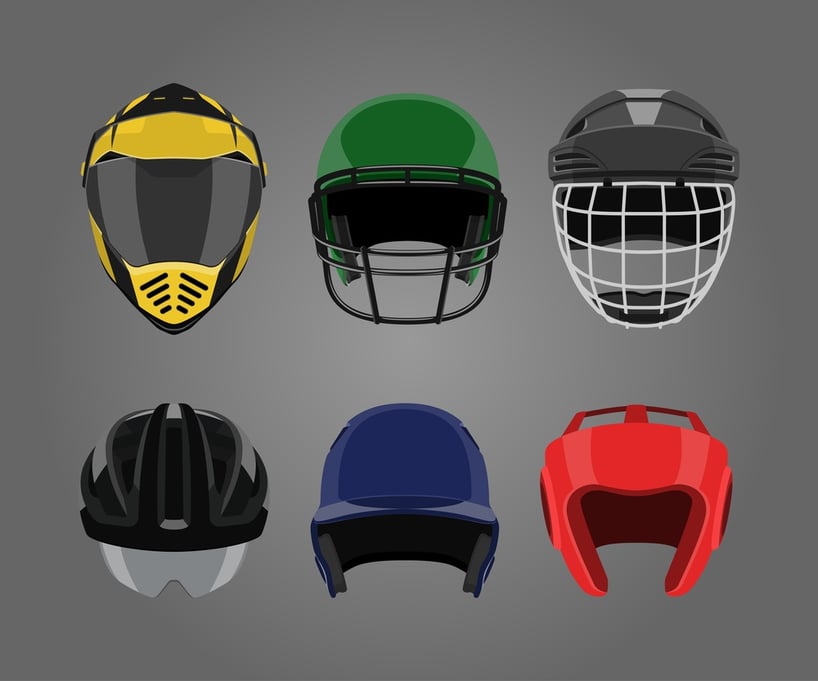
Three to four million people per year experience concussions, and many of these are from sports collisions (either with another person or with an object, like a ball or the ground.)
Over the last decade, some data for sports concussions has increased 60% among people under the age of 24. Young athletes participating in contact sports (like football and soccer) and sports involving falls, slides, or balls striking the head (like competitive cheer, gymnastics, figure skating, and baseball) are particularly at risk for concussion and mild traumatic brain injuries—and the lifelong post-concussive syndrome that follows.
The good news is that serious head injuries are rare. But when they do occur, the bad news is they can be quite serious—head injuries are the leading cause of death from sports mishaps.
Take care to play your sport responsibly and carefully, doing what you can to avoid unnecessary falls, tackles, slides, and collisions. There’s no shame in ducking a ball or dodging another player if it means sparing your brain from what could be permanent damage.
If you participate in a rigorous game or activity that allows for a padded helmet, wear it. That football, baseball, or bike helmet may save your brain and possibly your life.
3) Warm up before working out.
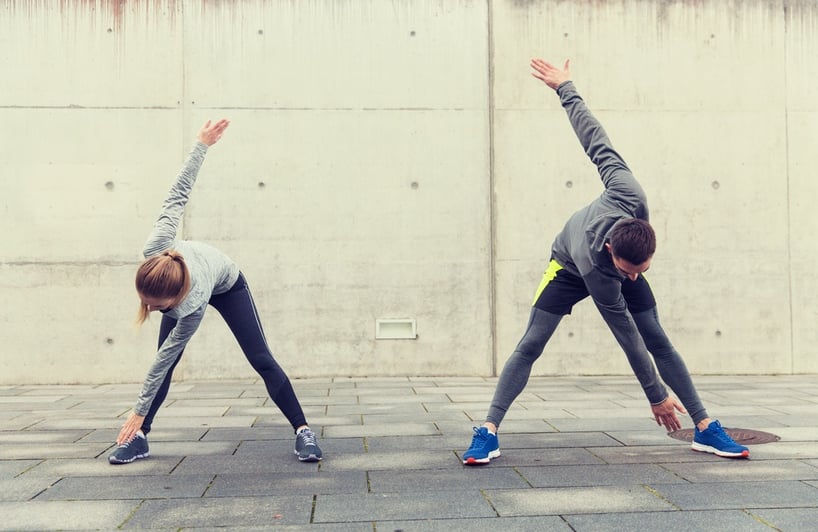
It’s not uncommon for busy people to overlook the value of warming up before a workout. We’re all in a hurry, and adding five to ten minutes to our training makes us impatient to get to the good stuff.
Nevertheless, warming up is an important part of avoiding injury. Gradually ramping up your exercise raises your body temperature and circulates blood to your muscles, which warms them and improves their ability to smoothly expand and contract. Cold, tight muscles are more likely to overstretch and strain or contract and cramp. Cold and tight ligaments and tendons can lead to sprains, ruptures, and potentially season-ending injuries like ACL tears and SLAP lesion tears of the shoulder.
Remember that the heart is a muscle, too. One study showed that just two minutes of slow jogging on a treadmill before an intense run eliminated an irregular heart rhythm in male subjects. Men of all ages are more susceptible to sudden cardiac events. For adult males over 40 and for anyone exercising in a dangerously hot or humid environment (think: young males playing football in hot weather), gradually warming up the heart can be lifesaving.
4) Cool down and stretch after exercising.
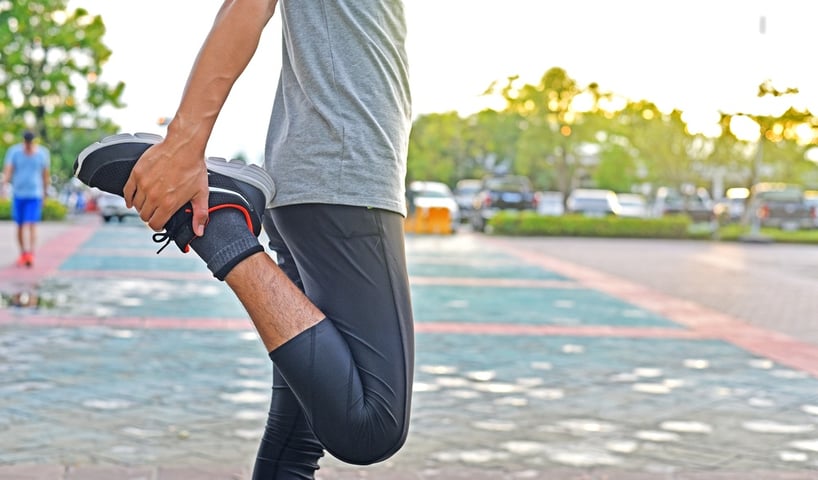
After all workouts—especially challenging and high intensity workouts like Crossfit or sports training—recovery time is critical. Your body needs a few minutes of cool down time to gently ramp down from its former intensity. After a workout, walking or slow jogging helps to relax the muscles and return the heartbeat to normal. Cooling down gives your body time to get rid of lactic acid build-up in the muscles; without it, you may have soreness and cramping later.
Gentle stretching is also important to keep your muscles, tendons, and ligaments flexible. Flexibility gives you a greater range of motion, protecting you from overstretching and straining or spraining soft tissue in your arms, legs, and back. There is some evidence that a regular post-workout stretching regimen may also be helpful in warding off arthritis, knee problems, and hip pain.
5) Hydrate, hydrate, and hydrate some more.

Hydrating during exercise is not optional; losing just 1% of your body's water content to sweat when you work out can put you at risk for illness and injury, particularly in hot or humid weather like we have here in Texas.
Over the long term, not drinking enough water on a daily basis can have multiple negative effects on your health. But in the short run, staying hydrated during sports practice, training, and games matters because your body needs water for adequate
circulation, brain function, and regulation of body temperature.
Becoming dehydrated during a workout or run can lead to side and leg cramps, heat illness, headaches, dizziness, poor judgement, and potentially deadly heat stroke. Over time, dehydration also robs your joints of lubrication, which can lead to cartilage wear, friction, and knee injuries like meniscus tears.
If you’re going to be working out, drink water or fluids before, during, and after your exercise session. Replacing lost fluids (24 ounces for every pound of body weight you've lost through sweat) is just as important as staying hydrated during a game.
For 5 more sports injury prevention tips, check this blog in a few days for Part 2.
For more advice and tips on what to do to prevent sports related injuries call Coastal Orthopedics in Corpus Christi, Texas today at (361) 994-1166.
Article written by: Rob Williams, MD
Sources
American Physical Therapy Association
Stanford Children’s Health
Dr. Williams has been practicing orthopedic surgery in Corpus Christi since 1998. After graduating from Texas Tech hereceived his medical degree from the University of Texas at San Antonio. At the prestigious Campbell Clinic located at the University of Tennessee, Dr. Williams completed not only an Orthopedic Surgery Residency, but an additional year of Fellowship Training in Spine Surgery. Dr. Williams is dedicated to creating an excellent patient experience in the office or in the surgery suite.
Topics:

